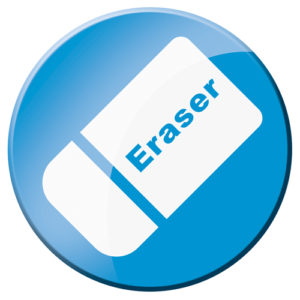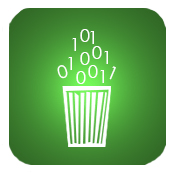Technology
MagicRAM utilizes the latest flash and controller technology in a wide range of interfaces, form factors and capacities and has the technical expertise to identify the ideal solution for each application.
MagicRAM’s advanced technology and manufacturing process controls result in highly reliable SSDs for customers with different needs.
Below are some major advanced technologies implemented in MagicRAM SSDs.

TECHNOLOGY

Sudden Power Off Recovery (SPOR)
Power management at the solid state drive level is critical to prevent data corruption due to unexpected power loss.
When programming a NAND flash page, the program operation must complete to ensure the data is stored reliably within the page. Data is at risk if flash memory cells are in the process of being programmed when power to the drive is lost. The risk is compounded for MLC NAND flash memory, which uses the same physical page of memory cells to store two logical pages of data.
The Sudden Power Off Recovery (SPOR) is a scheme to protect data from lost during a sudden power off when SSD is under writing.
MagicRAM utilizes both hardware or software design to prevent data corruption when there is a power failure.
Quick Erase
Hardware erase is a special design-in feature and the technology which provides a highly comprehensive sanitization method.
This function can be triggered by jump or push- button. There can be two results after hardware erase and the result should be pre-selected upon request. The erase procedure will be totally completed when power re-plug-in.
Type 1: Erase all operation blocks. It terminates all the data in the drive, even user data, firmware and the management table. The drive would be unable to perform its function anymore after Hardware erase.
Type2: Erase user data only. Only user data will be erased. Firmware and management table is reserved so the device would be able to pursue its full functionality again after format. All the settings will return to its default initial status.


Trim
The random writes can be optimized and re-sequenced into longer fragments of sequential writes. This allows the SSD’s real-time performance to be maintained at an optimum level at all times.
S.M.A.R.T
S.M.A.R.T (Self Monitoring, Analysis and Reporting Technology) is a feature set defined by the ANSI ATA Specifications. The feature set consists of a set of commands which allow the host to retrieve information about the storage device’s health status.
This allows the user to know in advance impending device failures and act accordingly before the device actually fails.
Through the S.M.A.R.T system, MagicRAM SSDs incorporates suites of advances diagnostics that monitor the internal operation of the drive and provide an early warning for many types of potential problems. S.M.A.R.T monitors SSD performance, detects faulty sectors, perform recalibration and CRC error correction. When a potential problem is detected, the SSD can be repaired or replaced.


Wear Leveling Technology
NAND flash has individually erasable blocks, each of which can be put through a finite number of erase cycles before becoming unreliable. That is, after a specific number of cycles for each block, the error rate can significantly increase.
Unfortunately, in most cases, the flash media is not used evenly. In certain areas, such as for the file system, the data is updated more frequently than for other areas, and will wear out sooner in those areas.
Wear leveling mitigates this issue by arranging data so that erasures and re-writes are distributed evenly across the entire device. Thus, no single sector prematurely fails due to a high concentration of program/erase cycles.
MagicRAM uses an advanced wear leveling algorithm, which can efficiently spread usage throughout the entire flash media area. By implementing both dynamic and static wear leveling algorithms, the life expectancy of the flash media can be improved significantly.
NCQ Technology
NCQ stands for Native Command Queuing technology. NCQ technology allows the drive to manage multiple outstanding commands more efficiently, which significantly increases concurrent access capability.
It solves the concurrent access bottleneck associated with traditional HDDs in some high concurrent access applications such as on-line banking, on-line ticketing and VOD.
As part of the latest Serial ATA specification, NCQ requires an NCQ-capable SSD and either a motherboard or a PCI adapter card with NCQ support. NCQ technology is incorporated into select SSDs from MagicRAM.


Bad Block Management
Bad blocks are blocks that contain one or more bits for which the reliability is not guaranteed. Bad blocks can occur when the flash is shipped or can develop during the usage.
MagicRAM implements an efficient bad block management algorithm into the solid state hard drive to detect factory produced bad blocks as well as those that develop over the lifetime of the device. This process is completely transparent to the user through the use of S.M.A.R.T. command tools, i.e., the user will not be aware of the existence of the bad blocks during operation.
Write Protection
- Physical Write Protect Switch
- Hardware Write Protect Jumper
- Software command to enable/disable Write Protect

